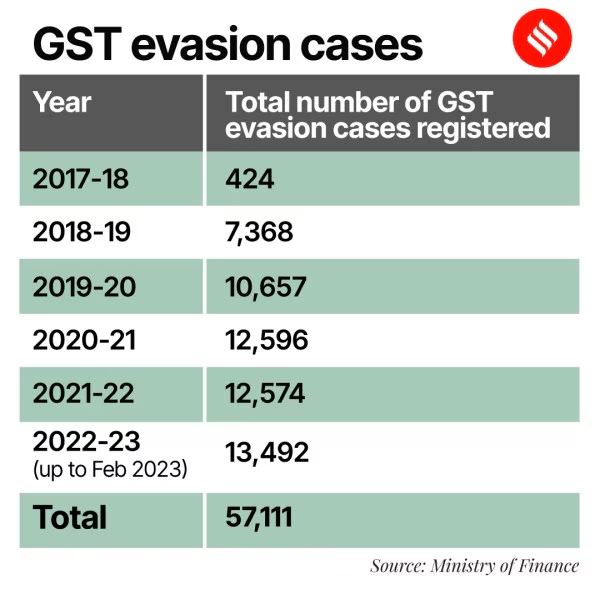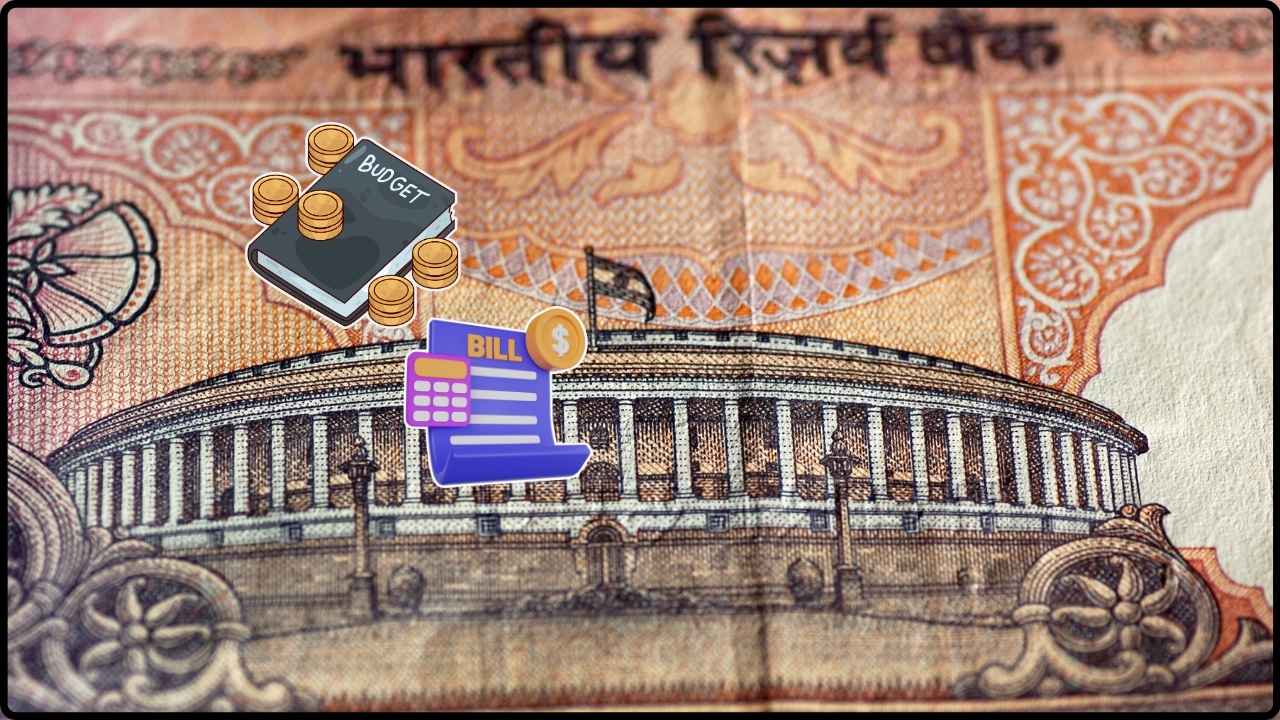
₹730 Crore GST Scam Explodes: The ₹730 Crore GST Scam is making waves across India’s financial and legal systems. Involving fake invoices, shell companies, and a mind-boggling network of fraudulent transactions, this case is not just about big numbers—it’s a deep dive into how financial systems can be manipulated when compliance is neglected. In this article, we’ll break down what happened, why it matters, and what professionals and businesses can learn from it. Whether you’re a finance student, a seasoned CPA, or just curious about how tax fraud works, you’re in for a compelling read.
₹730 Crore GST Scam Explodes
The ₹730 crore GST scam is not just a tax fraud—it’s a warning. It shows how cleverly financial systems can be gamed and how devastating the impact can be if vigilance is lacking. With stronger reforms, better tech, and responsible professionals, India can close these loopholes for good. Every business, big or small, must treat compliance as more than a checkbox—it’s a shield that protects your reputation, your finances, and your future.
| Key Data & Insights | Details |
|---|---|
| Scam Value | ₹730 Crore (~$87.5 Million USD) |
| Fake Invoices Generated | Over ₹5,000 Crore (~$600 Million USD) |
| Shell Companies Involved | Approx. 135 |
| States Raided | Jharkhand, West Bengal, Odisha |
| Cash Seized by ED | ₹8.98 Crore |
| Assets Attached | ₹5.29 Crore |
| Accused Names | Shiva Kumar Deora, Mohit Deora, Amit Gupta, Amit Agrawal |
| Law Involved | PMLA (Prevention of Money Laundering Act) |
| Official ED Site | enforcementdirectorate.gov.in |
What Is the ₹730 Crore GST Scam?
The scam centers around the misuse of the Input Tax Credit (ITC) system under India’s Goods and Services Tax (GST) regime. A group of individuals allegedly formed over 135 shell companies to issue fake GST invoices. These companies didn’t actually sell or purchase anything—but they created paper trails to falsely claim tax credits.
The fraudsters used these fake credits to avoid paying actual taxes or to sell the credits to other firms for a fee. The scam allowed them to pocket ₹730 crore, which is roughly $87.5 million USD. In simpler terms: they made up fake receipts to trick the government into giving them tax money.

How Did the ED Uncover the ₹730 Crore GST Scam Explode?
The Enforcement Directorate (ED) began investigating after the Directorate General of GST Intelligence (DGGI) raised red flags on unusually large and suspicious transactions across multiple firms. The firms were registered at non-existent addresses and linked to bank accounts with minimal activity aside from large transactions and immediate withdrawals.
The ED launched simultaneous raids across Jharkhand, West Bengal, and Odisha, targeting 8 key locations. They seized:
- ₹8.98 crore in cash
- ₹5.29 crore in immovable property
- ₹62.90 lakh in frozen bank accounts
The ED also filed a Prosecution Complaint in a special PMLA court in Ranchi. The four accused are currently under judicial custody.
Understanding GST and Input Tax Credit (ITC)
To grasp the scale of this fraud, it’s important to understand how GST and ITC work in India.
GST is a unified tax that replaced many indirect taxes in India. Businesses pay GST on their sales, and they can claim credit for the GST they’ve already paid on purchases. This system ensures there’s no cascading effect of taxes.
For example:
- A company buys raw materials and pays ₹10,000 in GST.
- It makes a product and sells it, collecting ₹15,000 in GST from the customer.
- The company then deducts the ₹10,000 it already paid and pays only ₹5,000 to the government.
In this scam, companies claimed credits on fake purchases, reducing their actual tax liability illegally.
Why This Scam Matters to Everyone?
This isn’t just a tax issue. It’s a serious national economic concern.
For the Government:
- Lost Revenue: ₹730 crore could have funded schools, hospitals, or public infrastructure.
- Damage to Credibility: Scams like these undermine trust in the tax system.
For Businesses:
- Increased Scrutiny: Even legitimate businesses face tougher audits.
- Loss of Reputation: If connected, even unknowingly, to shell firms.
For the Common Man:
- Reduced Public Spending: Tax fraud means fewer resources for essential services.
- Higher Compliance Burden: More rules and paperwork to prevent fraud.

Real-World Example: How a Fake Invoice Scam Works
Imagine a shell company named ABC Traders. It doesn’t actually exist physically, but it’s registered with a GST number.
- ABC Traders creates an invoice to XYZ Enterprises for ₹1 crore in “goods sold”.
- XYZ Enterprises claims an Input Tax Credit of ₹18 lakh (18% GST) using that invoice.
- No goods were ever exchanged, but XYZ now owes ₹18 lakh less in taxes.
- ABC Traders gets a small cut for issuing the fake invoice, and both companies profit illegally.
Multiply that by 135 companies, and you get a scam worth thousands of crores.
Similar GST or Tax Scams for Comparison
Maharashtra GST Scam (2021)
- ₹500+ crore in fake ITC claims
- Over 100 firms involved
Karvy Stock Broking Case
- Misused client securities for loans worth ₹2,000 crore
- Tax evasion and money laundering charges
European Union VAT Fraud
- Known as Carousel Fraud
- Costs EU over €50 billion annually
These scams share one theme: a misuse of trust in digital or regulatory systems to make illegal profits.
How Technology Helped (and Can Help More)?
The Indian government has adopted several digital tools to tackle fraud:
- E-invoicing: Invoices must be registered with the Invoice Registration Portal (IRP).
- AI in GSTN: The Goods and Services Tax Network uses artificial intelligence to flag anomalies.
- PAN, Aadhaar, GSTIN Linking: Strengthens identity checks and reduces ghost firms.
However, scammers still find loopholes. This is why human oversight and data audits are still essential.
Economic Impact of Tax Fraud
Losing ₹730 crore is not just a number—it’s a serious economic leak.
That amount could:
- Build over 700 rural primary health centers
- Fund mid-day meals for 10 million schoolchildren for an entire year
- Develop thousands of kilometers of rural roads
Such scams drain funds that could uplift millions of lives. Every rupee lost to fraud is a rupee not spent on development.
How Professionals and Businesses Can Stay Compliant?
Whether you’re in finance, sales, or operations, here’s how you can protect your business:
- Verify Vendors and Clients
- Check GST numbers at gst.gov.in
- Look for physical verification or recent filings
- Use GST-Compliant Accounting Software
- Platforms like Tally and ClearTax offer real-time GST checks
- Avoid Deals That Seem Too Good
- Unusually low rates, large discounts, or complex multi-party invoices may indicate fraud
- Conduct Internal Audits
- Quarterly GST audits help detect issues early
- Train Your Staff
- Everyone involved in invoicing or procurement should know how to spot fake documentation
Government Reforms and the Road Ahead
Post this scam, the government is considering:
- Mandatory biometric authentication for new GST registrations
- Real-time data sharing between tax departments, banks, and the ED
- Heavier penalties for repeat offenders, including 5+ years in jail and asset forfeiture
Upcoming reforms may also include integrating logistics data with tax records to prevent “paper-only” transactions.
GST Revenue Hits ₹1.96 Lakh Crore in July — But Growth Momentum Slows
India’s Manufacturing Boom Pushes July GST Inflows Up by 7.5 Percent
GST Fraud on the Rise: Towed Vehicles and Issued E-Way Bills—What the Authorities Are Hiding!










